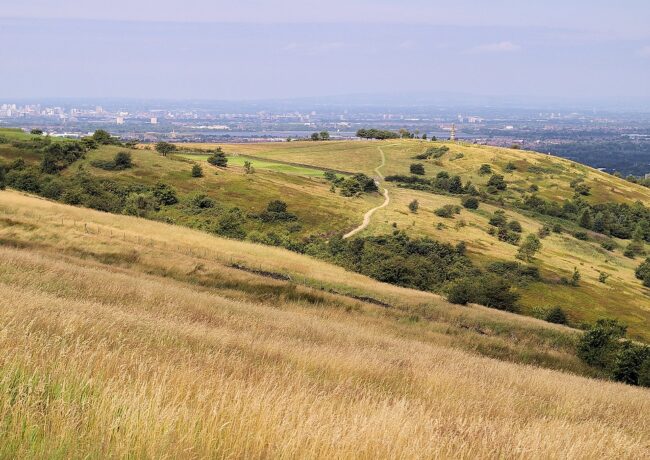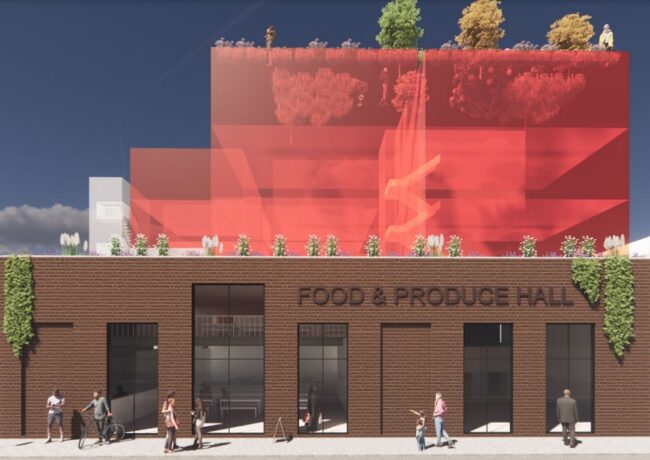Greater Manchester appointed Resilience Hub by UN
Only four European communities earned the honour, which recognises metropolitan areas for their policy and advocacy work in addressing climate and disaster risks, from pandemics to flooding.
Joining Greater Manchester as a Resilience Hub are Barcelona, Helsingborg and Milan. The Resilience Hub honours are the work of the Making Cities Resilient 2030 initiative from the United Nations Office for Disaster Risk Reduction.
“As disaster and climate risk grows, prevention on a global and local level will be critical,” said UNDRR head Mami Mizutori. “These Resilience Hubs exemplify the potential of cities to lead the way in disaster risk reduction and help build a more resilient world.”
Each area will retain the Resilience Hub title for three years, during which time the communities will work together to create plans that will mitigate the impacts of potential disasters or, in some cases, prevent them altogether.
That is the case for Greater Manchester, which received praise for its revamped resilience strategy – particularly for how it handled flooding risks. That has included working with the Moors for the Future Partnership, which aims to prevent flooding by restoring the peat bogs in the hills surrounding the area. Healthy blanket bogs have a special moss, known as Sphagnum, which can hold up to 20 times its weight in water and release it in slow amounts.
Mayor of Greater Manchester Andy Burnham said that working with other cities is important.
“Greater Manchester is a place that always works in partnership and always wants to forge strong bonds with our fellow cities across the world,” Burnham said. “We know that the world is changing – including the impact of climate change, we know that we can’t just stand still, and we have to work hard to boost our resilience.
“We have established a cross-sector partnership here in our city-region – the Greater Manchester Resilience Forum,” he continued. “We have appointed a chief resilience officer and we’ve also brought forward our own Greater Manchester Resilience Strategy. We are doing lots of good things, and want to share our experiences, but we are sure that we can also learn from other cities around the world as we face these big challenges together.”
Kathy Oldham is Greater Manchester’s chief resilience officer. She took a few minutes to talk with Place North West about the area’s plans for disasters.
“Our strategy is about Greater Manchester being able to not just survive but thrive when a challenge is thrown at it,” she said.
Greater Manchester is taking a multi-layered approach to most disasters, including flooding. About that topic in particular, Oldham said that the region is supporting ways of preventing flooding by restoring the moors. It also has undertaken flooding mitigation strategies by building basins in Salford and South Manchester to hold water back.
Oldham also highlighted the GrowGreen project from Manchester City Council, which is making a park that “drinks water” in West Gorton. The park does this by having permeable paving, bioretention tree pits and rain gardens to soak up the water.
The GrownGreen initiative impresses Oldham because it does more than just mitigate flooding risk.
“It’s also improving air quality and it’s also about improving water quality, biodiversity and promoting active lifestyles,” she said. “It’s about getting multiple benefits on your investment.”
While Greater Manchester works with its other Resilience Hubs, it will continue to work within communities as well.
“Everything we do is in partnership,” Oldham said. “The projects I’ve talked about are when the public sector, private sector and academics come together.”
The built environment has a role to play in the strategy as well, with Oldham praising the sector for its creativity.
“It’s one sector that can really think about the challenges we might face,” she said. “When we’re building and designing new property and new developments, it’s thinking about how we can design those to try and make them great places to live because people can live safely.
“They can have access to green spaces to help with health and wellbeing,” she continued. “We can put in trees and sustainable urban drainage solutions that really help should we get flooding or something of that nature. As a sector it feels like a really exciting one to work with.”
- Want to learn more about sustainability in the built environment? Listen to Place North West‘s COP26 podcast series.





One of the biggest impacts can indeed come from upland restoration. Our moors have been damaged by air pollution, over-grazing by sheep, burning and draining for grouse shooting for too long and this is finally being recognised and addressed. By re-wetting these extensive upland landscapes, preventing burning and reducing grazing, carbon remains stored in peat, biodiversity can increase, water quality improves and flood risk reduces. There is then far greater opportunity for nature-based recreation which, in Scotland, provides 10x the revenue that the shooting estates create. This restoration then has beneficial impacts to communities downstream that would otherwise be vulnerable to flooding e.g. along the Mersey in Didsbury and Irwell near Broughton. The RSPB are doing some great work at Dove Stones as are the National Trust at Holcombe Moor.
By Moorland Restoration